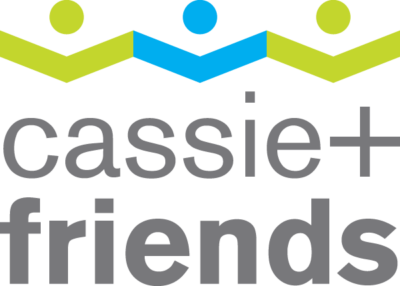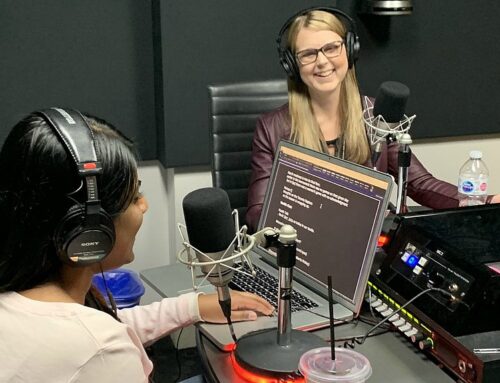Canadian Pediatric Rheumatology Families in the Spotlight!
We want to thank every parent and youth who participated in our survey to find out more about Canadian families’ preferences and experiences with Telemedicine practices during COVID-19. Your results have been published as a scientific research paper – here’s our summary below and a link to the official article.
Background
During the COVID-19 (coronavirus) pandemic, many Canadian youth and families saw their Juvenile Arthritis (JA) and other autoinflammatory condition healthcare shifted to remote, technology-assisted appointments (telemedicine). Cassie + Friends partnered with Juvenile Arthritis Research and other global JA organizations to ask parents/carers and youth, via an online survey, about what worked, what didn’t and what they hope for next when it comes to telemedicine in hopes of improving future service.
Results
A total of 157 responses were received! Thank you again for participating!
The primary diagnosis for the majority of survey takers was juvenile idiopathic arthritis (JIA; 39% polyarticular, 15% oligoarticular, 8% enthesitis-related JIA, 6% psoriatic, and 9% systemic).
Youth and parents reported that in-person appointments represent a considerable time burden (87% travel more than an hour to attend; 40% take a full day [or more] out of school to attend; 38% of parents take a full day off work).
During the pandemic, the number of people having a telemedicine appointment increased from 5% to 82%.
While most aspects of their telemedicine experience scored positively, parents felt telemedicine was not as good as in-person appointments.
On the positive side, parents said telemedicine appointments during the height of the COVID-19 pandemic:
- saved them time (68%)
- enabled them to have an appointment (63%)
- made the appointment safer (59%)
- and many said it saved them money (44%).
So, what stood out as common concerns for parents?
- 78% of parents felt that their physician could not properly assess their child
- 22% were concerned that the doctor could not identify changes in their child’s condition
- 14% said it was hard to explain their child’s condition
- 8% of parents and 22% of youth disliked telemedicine.
The Big Take-Away
Overall, 61% of parents and youth said they would prefer the next appointment to be in-person, while 31% were amenable to some combination of in-person and virtual care.
Conclusion
There are some real advantages to telemedicine for parents and youth affected by JA and other rheumatic diseases, including saving time and making appointments accessible. While most parents report satisfaction with remote appointments, it will be important for healthcare providers to keep in mind the high value they place on in-person appointments as well.
What do you think?
Let us know your reaction to these survey results and whether your experience and/or impressions have changed over the last year. You can email info@cassieandfriends.ca or tag us on Instagram @CAFSociety or on Facebook @CassieandFriends.










Leave A Comment